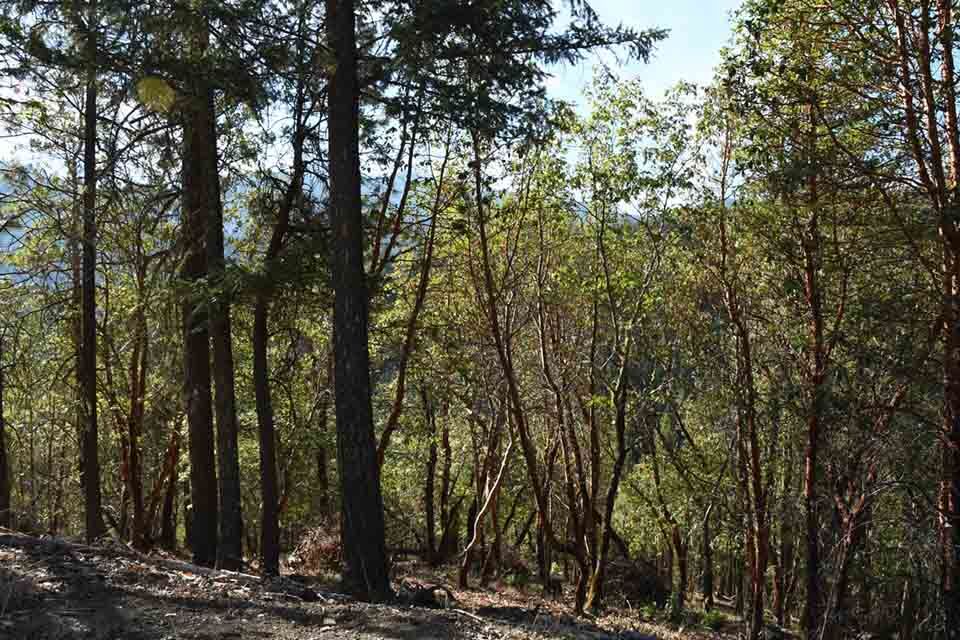Oregon Timber Industry Calls for Legislation Allowing Increased Production

The Oregon Northwest Forest Plan (NWFP) is doing little to protect the endangered northern spotted owl says timber organizations and company representatives who are calling for the implementation of President Donald Trump’s executive order to expand American lumber production.
A combination of factors has slowed timber production in Oregon. Apart from protecting the northern spotted owl, timber production has been impacted by environmental regulations, lumber imports, and technological advancements that have reduced the need for labor.
Oregon’s timber industry wants state authorities to take action on the Northwest Forest Plan following three months of public comment and engagement that ended in March.
Douglas Timber Operators (DTO), an Oregon forest production organization, has sent a letter to the U.S. Forest Service, calling for a revision to the NWFP written in 1994.
The NWFP manages over 24 million acres of federal land in the Pacific Northwest, and focuses on protecting late-succession and old-growth forests while contributing to economic and social sustainability in the region.
The executive director of DTO, Matt Hill, states in the letter that the NWFP targets have never been achieved in the Umpqua National Forest. He says instead of conserving old forests for spotted owls, those areas have been subjected to ‘burning at a rate’ beyond imagination.
Timber Organization Claims that the Northern Spotted Owl Population Has Decreased by 61%
The organization claims the spotted owl population is on the path to extinction under the NWFP. DTO says from 2017 to 2023, the population of territorial owls decreased by about 61% because of wildfires in the Umpqua National Forest.
The DTO letter says the plan provides for the sale quantity of 78 million board feet annually. He claims the target was never met in the Umpqua National Forest because of changes to forest policies, service guidelines, and legal decisions.
Hill said that before the introduction of the NWFP, timber harvests yielded more than 300 million board feet of lumber from the Umpqua National Forest.
Instead, the region-assigned harvest guideline is about 25 million board feet, only sufficient to supply the Douglas County mills for 14 days a year.
The Swanson Group lumber company, established in 1951, says that several timber allocation cuts throughout the years caused production to grind to a near-halt at local mills.
Advocacy Group Disputes Claims
However, this allegation is disputed by the Cascadia Wildlands advocacy group. They claim that trees in old forests are more resilient to wildfires than timber plantations because they hold more water in their trunks.
The NWFP covers 24.5 million acres of federal-managed land in western Oregon, Washington, and northwestern California.
A final environmental impact study will be available by the fall, with the implementation of amendments completed by spring 2026. Amendments will address economic opportunities, fire resilience, and updated guidelines for conserving old growth forest lands.
